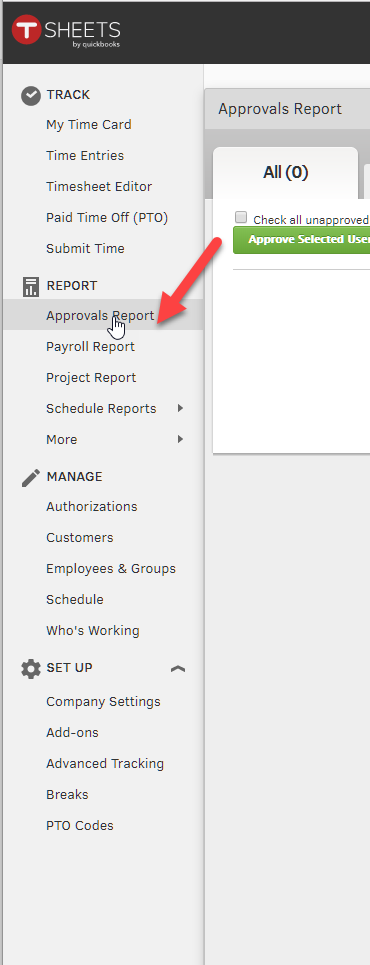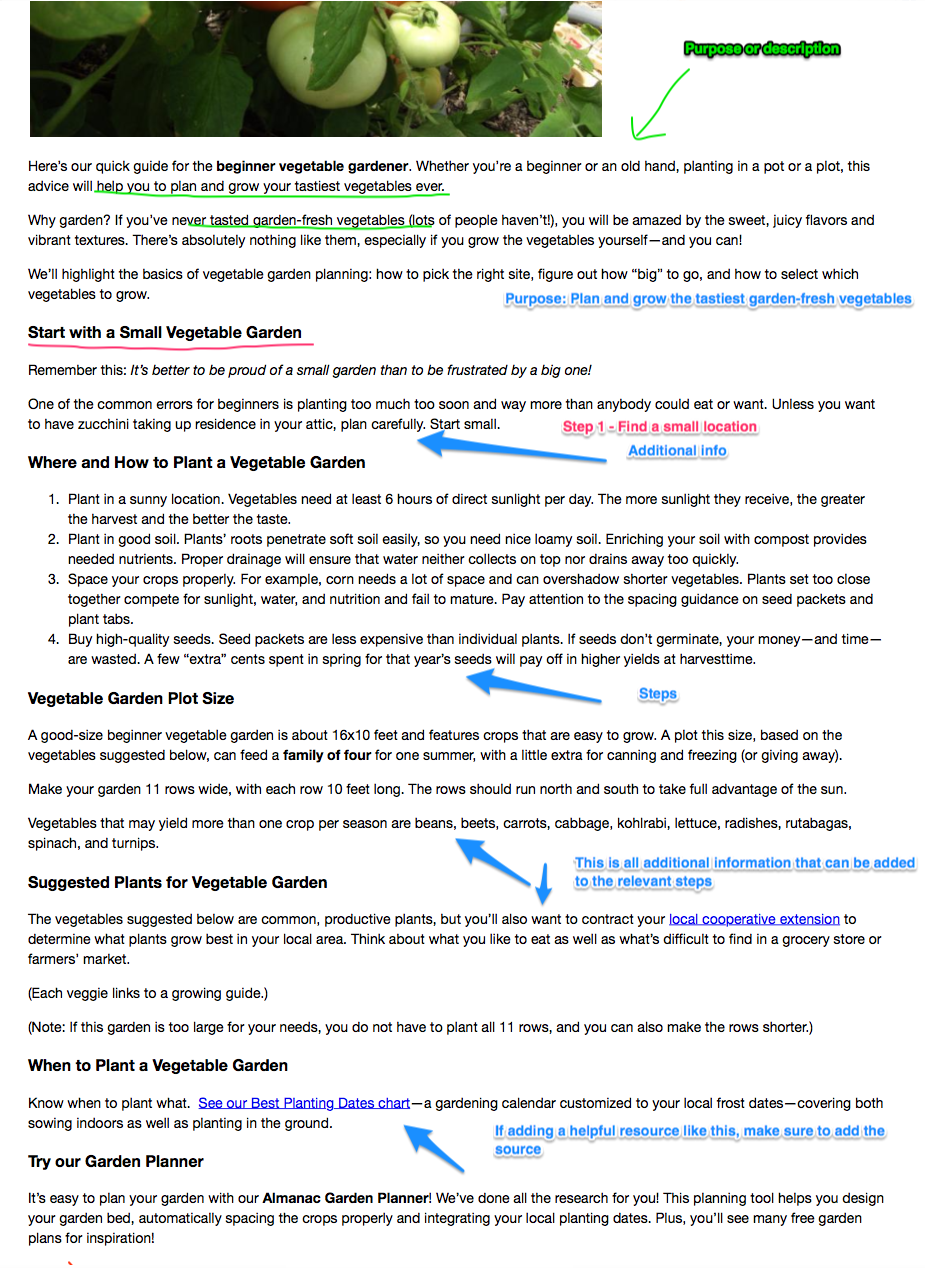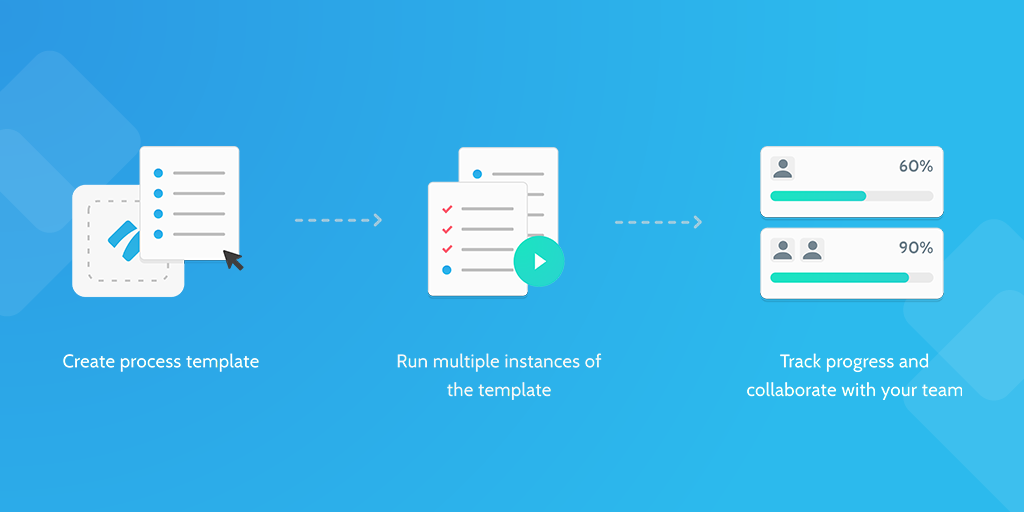The DACI framework is a set of processes to ensure group decision-making flows smoothly and efficiently.
The DACI acronym stands for:
- Driver: Who drives a decision to a conclusion?
- Approver: Who approves a particular decision?
- Contributor: Who contributes to a decision?
- Informed: Who is informed about the final decision?
DACI - pronounced day-cee - is a variant of the RACI (Responsible, Accountable, Consulted, Informed) framework developed by Intuit in the 1980s. Since then, it’s rapidly gained momentum in fast-moving, cooperative companies as a way to increase their group decision-making turnaround.
The benefit of any responsibility matrix is that it clearly outlines who is responsible for what and when, eliminating the confusion and endless debate that can come with group decision-making.
For product managers juggling different tasks on various fronts, DACI clarifies who the ultimate decision-maker is and prevents bottlenecks from occurring when tasks don’t complete at the same time.





